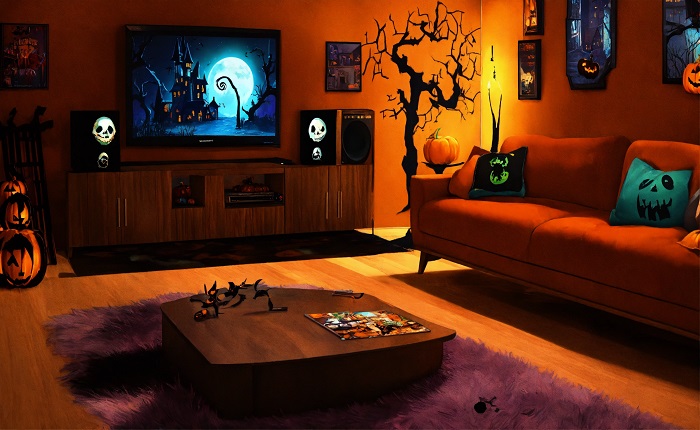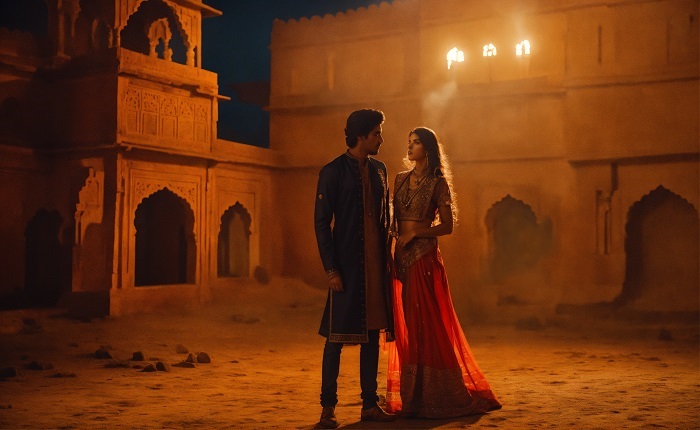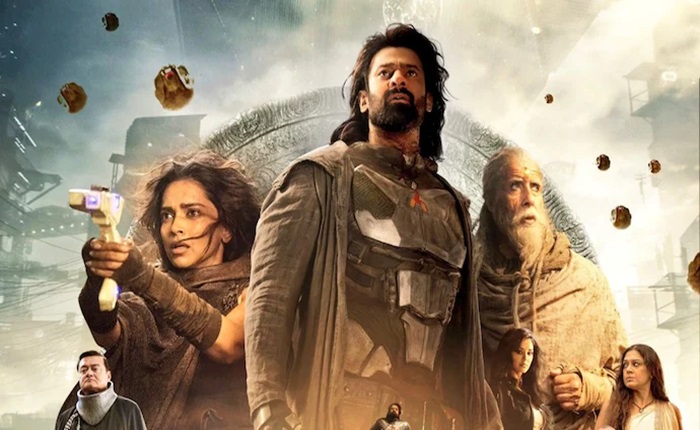Horror Movies: A Thrilling Genre of Fear and Suspense

Introduction
Horror movies have been captivating audiences for decades, tapping into deep-seated fears and pushing the boundaries of imagination. From supernatural hauntings to psychological thrillers, horror movies are designed to elicit strong emotional responses, keeping viewers on the edge of their seats. The genre’s unique ability to blend fear, suspense, and mystery is what makes horror movies so compelling for audiences around the world.
The Evolution of Horror Movies
Horror movies have come a long way since the silent film era, evolving in both storytelling and cinematic techniques. Early horror movies like Nosferatu (1922) focused on gothic horror, whereas modern horror movies often integrate psychological horror, advanced special effects, and a deeper understanding of human fear. The constant evolution ensures that horror movies remain relevant and captivating to newer generations of filmgoers.
The Different Sub-Genres of Horror Movies
The world of horror movies is vast, with numerous sub-genres that cater to different kinds of fears. Whether it’s the blood-soaked brutality of slasher films or the eerie suspense of supernatural horror, each sub-genre of horror movies provides a unique experience. Psychological thrillers, creature features, body horror, and paranormal horror movies all offer their distinct flavors of fear, appealing to a wide range of horror enthusiasts.
Iconic Horror Movies that Shaped the Genre
Many horror movies have left an indelible mark on the film industry and popular culture. Classic horror movies like The Exorcist (1973), Halloween (1978), and A Nightmare on Elm Street (1984) set the standard for modern horror. These iconic horror movies not only terrified audiences but also introduced elements like jump scares, eerie soundtracks, and unforgettable villains that continue to influence horror filmmakers today.
The Psychology Behind Horror Movies
Horror movies are more than just gore and jump scares; they tap into the psychology of fear. Filmmakers use various techniques to create a sense of dread and tension, from suspenseful pacing to disturbing imagery. Horror movies often explore themes like loss, isolation, and existential dread, reflecting real-world anxieties. The best horror movies succeed in playing with the mind, creating an experience that lingers long after the credits roll.
The Role of Special Effects in Horror Movies
Special effects have always played a significant role in horror movies, enhancing the visual impact of fear. From practical effects in early horror movies to today’s CGI advancements, the use of special effects has allowed filmmakers to bring terrifying monsters, ghosts, and creatures to life. Whether it’s the grotesque transformations seen in The Fly (1986) or the realistic gore in Saw (2004), horror movies continue to push the boundaries of what can be achieved visually.
The Influence of Horror Movies on Popular Culture
Horror movies have had a profound impact on popular culture, influencing everything from fashion to music. Iconic characters like Freddy Krueger, Michael Myers, and Jason Voorhees have become cultural symbols, appearing in everything from video games to Halloween costumes. Beyond entertainment, horror movies also address societal fears and taboos, making them an important reflection of the anxieties of their time.
International Horror Movies: A Global Phenomenon
While Hollywood may dominate the horror movie scene, international horror movies have also gained global recognition. Japanese horror movies, such as The Ring (1998) and Ju-On: The Grudge (2002), introduced audiences to a different kind of supernatural terror. Similarly, Spanish horror movies like The Orphanage (2007) and South Korean horror movies like Train to Busan (2016) have shown that horror movies are a universal language of fear, transcending cultural boundaries.
The Appeal of Horror Movies to Different Audiences
Horror movies have a unique appeal that draws in various types of audiences. For some, horror movies offer a thrilling escape, providing adrenaline-pumping experiences that allow them to confront their fears from the safety of their couches. Others enjoy the intellectual challenge of decoding complex narratives and allegories within horror movies. Whether it’s the love of the grotesque or the cathartic release of fear, horror movies resonate differently with each viewer.
Horror Movies in the Streaming Age
The rise of streaming platforms has given horror movies a new lease on life. Today, audiences can easily access a wide range of horror movies, from cult classics to indie gems. Streaming services like Netflix, Hulu, and Shudder offer a treasure trove of horror movies, catering to both hardcore fans and newcomers. This accessibility has allowed horror movies to thrive, with new releases reaching global audiences faster than ever before.
The Future of Horror Movies: What’s Next?
As technology advances and audience expectations evolve, horror movies will continue to adapt. Virtual reality (VR) and augmented reality (AR) could offer more immersive horror experiences, making viewers feel as though they are inside the terrifying worlds horror movies create. Additionally, horror movies may explore even darker, more psychological themes, reflecting the complexities of modern life. The future of horror movies is bound to be as chilling as their past.
Conclusion
Horror movies will always hold a special place in the hearts of viewers who enjoy the thrill of fear and suspense. From the evolution of horror movies over the decades to the diverse sub-genres that cater to different fears, horror movies continue to captivate audiences worldwide. Whether it’s through iconic films, special effects, or psychological horror, the genre remains a fascinating exploration of the darker side of human nature. As new technologies and storytelling methods emerge, horror movies will undoubtedly continue to haunt our dreams and provoke our fears for years to come.
FAQs
- What makes horror movies so popular?
Horror movies are popular because they evoke strong emotional reactions, allowing audiences to experience fear in a safe environment. The adrenaline rush and suspense keep viewers engaged. - What are the most famous horror movies?
Some of the most famous horror movies include The Exorcist, Halloween, A Nightmare on Elm Street, and The Shining. These films have become iconic in the genre. - What sub-genres exist within horror movies?
Horror movies include sub-genres like supernatural horror, psychological horror, slasher films, body horror, and found footage horror, each catering to different types of fear. - Are international horror movies different from Hollywood horror?
Yes, international horror movies often bring unique cultural perspectives and different storytelling techniques. Japanese and Korean horror movies, for instance, emphasize supernatural elements and psychological tension. - How have special effects changed horror movies?
Special effects have evolved significantly, from practical effects in early films to modern CGI, allowing horror movies to create more realistic and terrifying monsters, gore, and settings.





